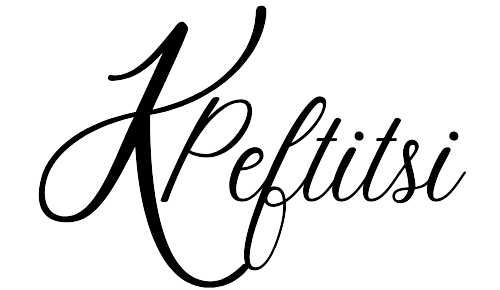The Versatility of Acrylic Ink and Pastel Oil in Greek Art
Greek art has a rich history and has been known for its diverse mediums and techniques. From ancient sculptures to modern paintings, Greek artists have always pushed the boundaries of creativity. In recent years, many Greek artists have been experimenting with acrylic ink and pastel oil, two mediums that offer unique opportunities for expression and experimentation.
Acrylic Ink: Vibrant Colors and Fluidity
Acrylic ink is a versatile medium that offers a wide range of possibilities for artists. It is made from pigments suspended in a water-based solution, which allows for easy manipulation and blending. Greek artists have embraced acrylic ink for its vibrant colors and fluidity, which lend themselves well to expressive and abstract works.
One of the advantages of acrylic ink is its quick drying time, which allows artists to work in layers and build up textures. This makes it ideal for capturing the dynamic and ever-changing nature of Greek landscapes, from the azure blue of the Aegean Sea to the golden hues of the Mediterranean sunsets. Artists can also experiment with different techniques, such as pouring or splattering the ink onto the canvas, to create unique and unexpected effects.
Pastel Oil: Softness and Depth
Pastel oil, on the other hand, offers a different set of qualities that Greek artists find appealing. Pastel oil is a combination of oil and wax binders, which gives it a soft and creamy texture. It allows for smooth blending and layering, making it ideal for creating realistic and detailed works.
Greek artists often use pastel oil to capture the beauty and serenity of the Greek countryside. The medium’s ability to create soft transitions of color and subtle gradations of light and shadow allows artists to depict the idyllic landscapes of Greece with depth and realism. From the olive groves of Crete to the vineyards of Santorini, pastel oil brings these scenes to life in a way that is both captivating and evocative.
Combining Acrylic Ink and Pastel Oil: A Harmonious Blend
While acrylic ink and pastel oil are distinct mediums on their own, many Greek artists have found that combining them can create a harmonious blend of textures and effects. The fluidity of the acrylic ink can be used to create bold and expressive backgrounds, while the softness of the pastel oil can be used to add depth and detail to the foreground.
This combination of mediums allows artists to explore the contrast between the vibrant and the subtle, the fluid and the solid. It creates a visual dialogue that reflects the rich history and cultural heritage of Greece. Whether it’s a modern interpretation of an ancient myth or a contemporary landscape, the use of acrylic ink and pastel oil adds a unique dimension to Greek art.
As Greek artists continue to experiment with acrylic ink and pastel oil, the possibilities for creative expression are endless. These mediums offer a wide range of techniques and effects that can be used to convey emotion, tell a story, or simply capture the beauty of the Greek landscape. By embracing these mediums, Greek artists are keeping the spirit of Greek art alive and pushing it into new and exciting directions.
